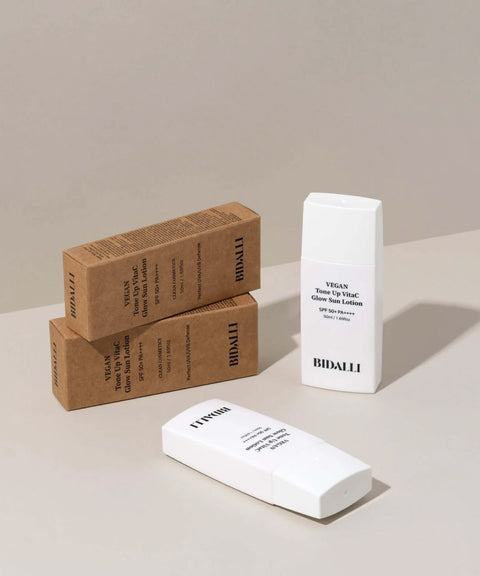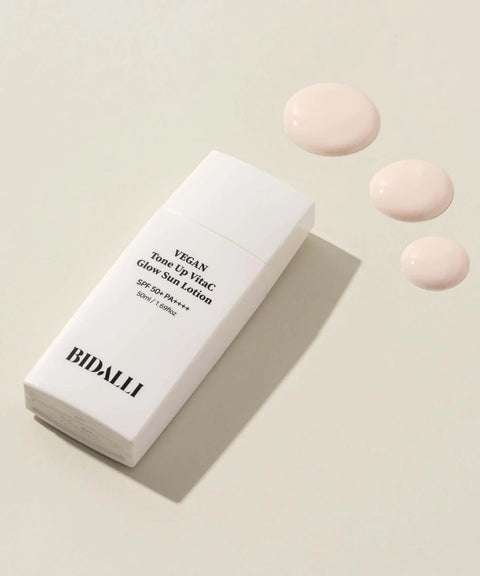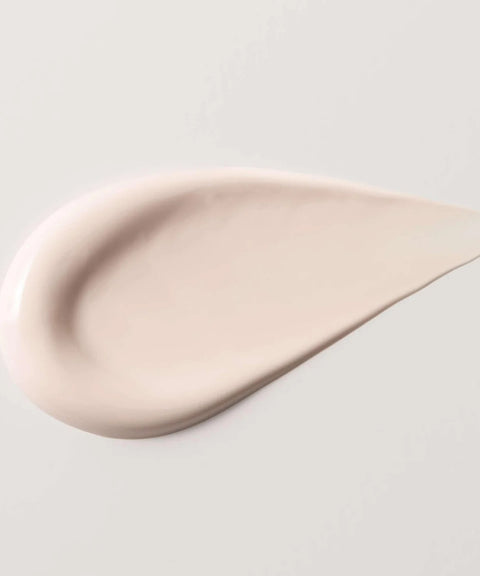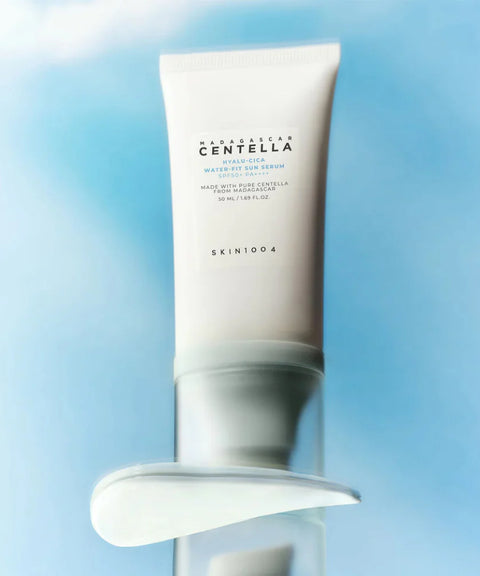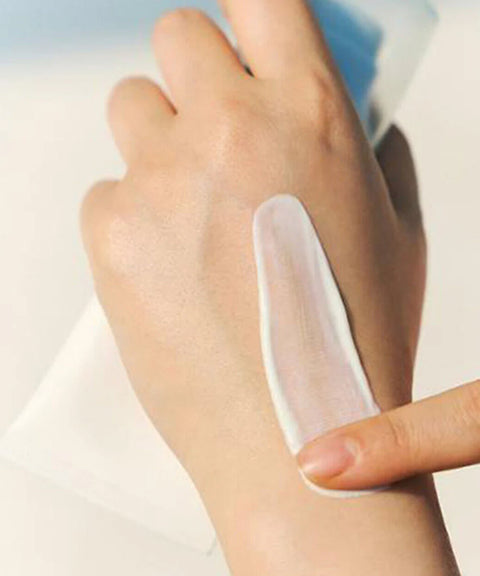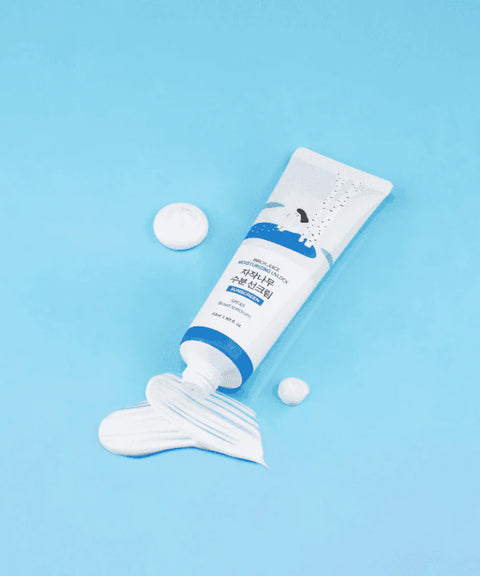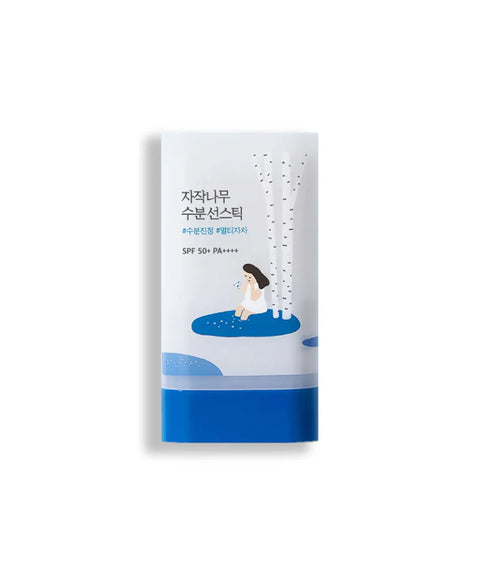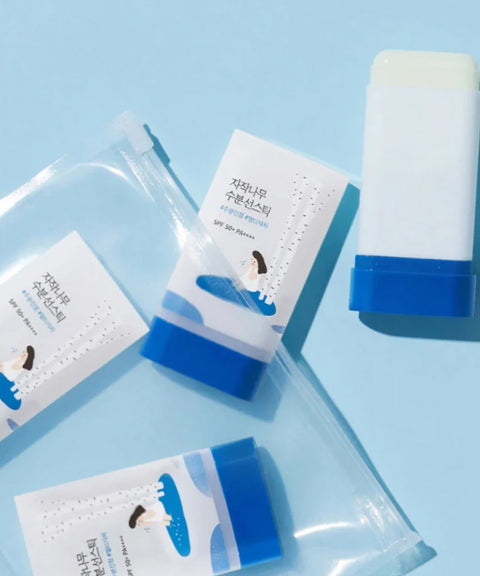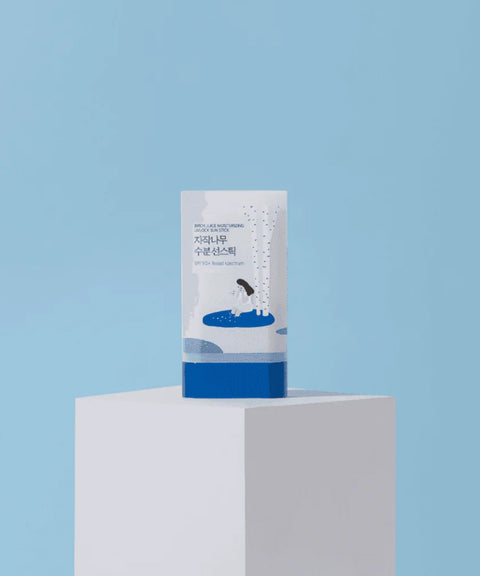Summer’s just around the corner—so let’s talk about sunscreen!
If you think sunscreen is only for hot, sunny days, think again. Sunscreen is a year-round essential. Even on cloudy or cold days, UV rays are still present and can harm your skin.
Sun exposure can lead to dehydration, sensitivity, and premature aging. That’s why wearing sunscreen daily is one of the most important habits for keeping your skin healthy and protected.
So, how do you choose the right sunscreen for you? Let’s break it down.
☀️ Types of Sunscreen
There are two main types of sunscreen: physical and chemical.
-
Physical (Mineral) Sunscreen
These sit on top of your skin and act like a shield, reflecting UV rays.
Common ingredients: Zinc Oxide, Titanium Dioxide
✅ Great for sensitive skin -
Chemical Sunscreen
These absorb UV rays, convert them into heat, and release them from the skin.
Common ingredients: Avobenzone, Octinoxate, Oxybenzone
✅ Lightweight, often more transparent on the skin
Finding Your Perfect Formula
Sunscreen comes in all sorts of textures and forms, so you can find one that fits your lifestyle perfectly:
-
Creams and Lotions: Great for everyday use on the face and body, offering good coverage and hydration.
-
Gels: Often preferred for oily or acne-prone skin, as they tend to be lighter and less likely to clog pores.
-
Sprays: Convenient for quick application, especially on the body or for reapplying on the go. Just be sure to spray generously and rub it in!
-
Sticks: Ideal for targeted application on smaller areas like the face, ears, and hands, or for kids.
The best formula for you really depends on what you prefer and where you'll be applying it.
Decoding Sunscreen Labels: What to Look For
Navigating sunscreen labels can feel a bit like reading a foreign language, but here are the key terms to know:
-
Broad Spectrum Protection: This is crucial! Make sure your sunscreen says "broad spectrum" on the label. This means it protects against both UVA rays (the ones that cause premature aging) and UVB rays (the culprits behind sunburn).
-
SPF (Sun Protection Factor): SPF tells you how well a sunscreen protects against UVB rays. For daily use, an SPF of 30 or higher is generally recommended.
Application Is Key!
Having the right sunscreen is only half the battle – applying it correctly is just as important!
-
Timing: Apply sunscreen at least 15 minutes before you head out into the sun. This gives it time to settle on your skin.
-
Amount: Don't be shy! Use enough to generously cover all exposed skin. For your face alone, aim for at least a quarter-sized dollop.
-
Reapply: Reapply sunscreen every two hours, or even more often if you're swimming, sweating, or toweling off.
A Closer Look: Ingredients and Your Health
While sunscreen is vital for skin health, it's also smart to be aware of some ingredients that have raised concerns for both our bodies and the environment.
Recent studies, particularly from the FDA, indicate that certain common chemical sunscreen ingredients like oxybenzone, octinoxate, octisalate, octocrylene, homosalate, and avobenzone can be absorbed into the body after typical use. These ingredients have even been detected on the skin and in the bloodstream weeks after they were last applied.
Let's break down why some of these are being watched closely:
-
Oxybenzone: This widely used ingredient is easily absorbed and is a leading concern for potential endocrine disruption, which could affect hormones, fertility, and development.
-
Octinoxate (Octylmethoxycinnamate): Also readily absorbed, studies suggest potential links to reproductive and endocrine disruption.
-
Homosalate: This ingredient may enhance skin penetration of other chemicals and has also been linked to hormone disruption. Its use is more restricted in Europe than in the U.S.
-
Retinyl Palmitate (Vitamin A palmitate): Some research suggests this form of Vitamin A might accelerate the development of skin tumors when exposed to sunlight.
-
Octocrylene: There are concerns that this ingredient can break down into benzophenone, a chemical with potential carcinogenic properties.
-
Avobenzone: While it protects against UVA, it's not very stable in sunlight and can break down. It has also been flagged for potential hormone disruption.
-
Parabens: Used as preservatives, parabens can mimic estrogen, potentially disrupting hormones, and may also irritate skin.
-
Fragrances and Phthalates: These can trigger allergic reactions and skin irritation. Phthalates, in particular, are linked to potential reproductive and developmental issues.
Sunscreen and Our Planet: Environmental Concerns
It's not just about us; some sunscreen ingredients also have a big impact on our environment, especially marine life:
-
Oxybenzone & Octinoxate: These two are notorious for their harmful effects on coral reefs, contributing to coral bleaching and damaging marine ecosystems. They can cause deformities in coral larvae and even damage coral DNA.
Important Things to Keep in Mind:
-
Mineral Sunscreens are a great alternative: Sunscreens using zinc oxide and titanium dioxide are generally recognized as safe and effective by the FDA. They're also considered safer for both your health and the environment because they physically block UV rays rather than absorbing them.
-
Bans in paradise: Places like Hawaii, Key West (Florida), and the U.S. Virgin Islands have already banned sunscreens containing oxybenzone and octinoxate to protect their precious coral reefs.
-
FDA Review: The FDA is actively reviewing the safety of several sunscreen ingredients, including oxybenzone, octinoxate, and homosalate, which is a positive step towards clearer guidelines.
-
Personal Sensitivity: If you have sensitive skin or specific concerns, always check product labels carefully. When in doubt, chatting with a dermatologist can help you find the best fit.
Choosing the right sunscreen involves thinking about your needs and preferences, but also being informed about potential ingredient concerns. By understanding these factors, you can make a super smart choice for both your health and our beautiful planet!
Final Thoughts
Choosing the right sunscreen isn’t just about SPF—it’s about understanding your skin’s needs and avoiding ingredients that could be harmful to your body or the planet. Always check the label, patch test if you're unsure, and talk to your dermatologist if you have specific concerns.


